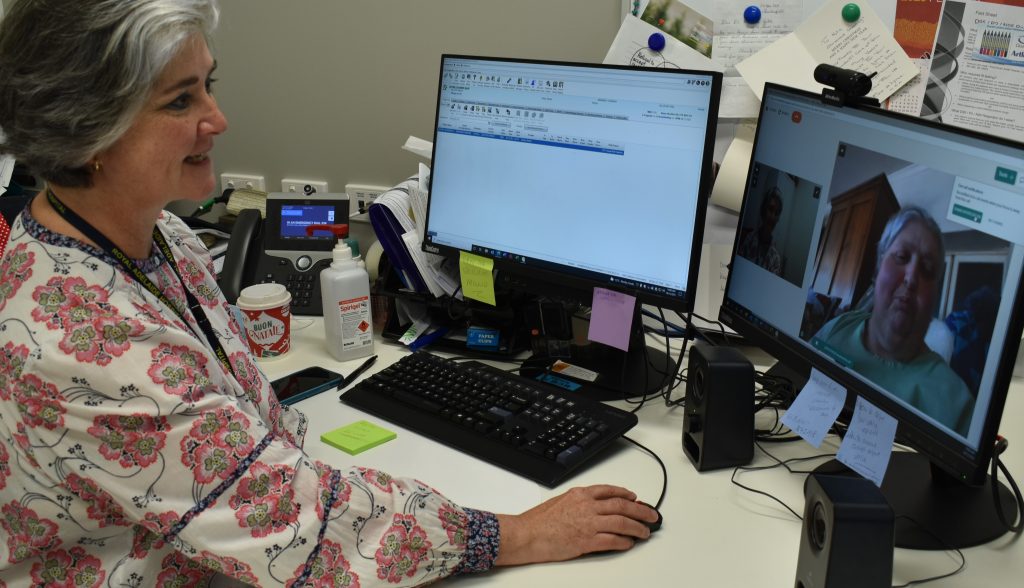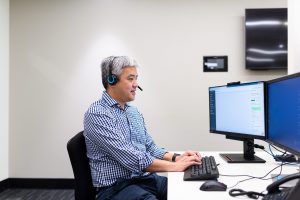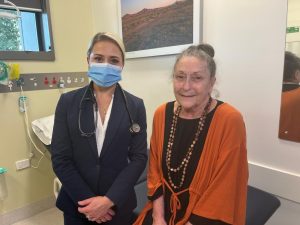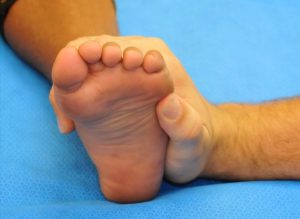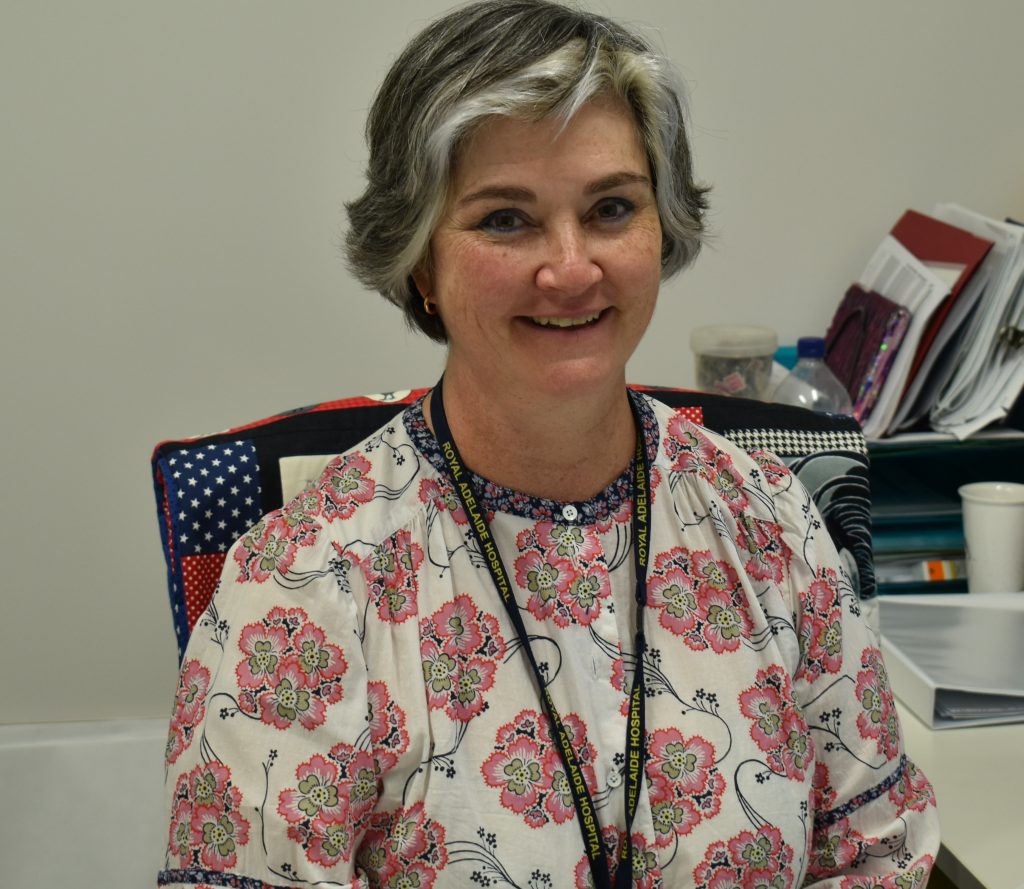
Telehealth is providing convenient and timely healthcare for an increasing number of Central Adelaide patients, while also ensuring vital medical services continue to be delivered throughout any disruptions caused by the COVID-19 pandemic.
Telehealth, an easy-to-use and secure video call service, connects clinicians and patients allowing patients to have their appointment in the comfort of home using their mobile phone or computer.
Prior to the appointment, patients are sent a URL link through SMS or email containing clear instructions on how to access the platform.
Benefits for patients include better access to healthcare and improved continuity of care, along with reduced travel and waiting times.
It also reduces the unnecessary risk of exposure to COVID-19 for some of our most vulnerable community.
Central Adelaide patient Josephine, who has multiple co-morbidities making it difficult for her to travel to hospital, started using telehealth more than 12 months ago.
She says the service has proved “invaluable” in enabling faster access to medical appointments and treatment.
“It is very difficult for me to get down to hospital, so if I do the consult over telehealth, I don’t have to organise an ambulance to get from where I live in the country down to Adelaide and back for the specialist care I need,” she says.
“I think I’m getting a better level of healthcare because I’m able to see my doctors in a faster time and we can get on top of things more quickly.”
Josephine says she now prefers the telehealth option due to its convenience and flexibility.
“Every doctor I have had a telehealth link with has had no problem assessing and consulting with me and doing what is best for my medical health,” Josephine says.
“They can’t physically touch me and occasionally I do have face-to-face consults, but that’s easier than having to do that every time.
“It’s also the flexibility to fit appointments in with what I’m doing, as it doesn’t take a whole day out my life.”
A telehealth services patient survey within South Australia suggests 75 per cent of consumers had a positive experience with the service and are willing to continue taking their consults this way.
Central Adelaide LHN Perioperative High Risk Clinic Consultant Physician, Dr Katy Gibb, has used telehealth since the Health Direct platform was introduced more than 12 months ago.
She said telehealth has demonstrated that certain services can be easily dealt with by telephone or videoconference and has found it especially useful for regional and remote patients.
“I have had really positive experiences with telehealth,” she says.
“I run a service where I see patients from all over the state, as well as Alice Springs and Broken Hill, so the idea of being able to have conversations with patients without them spending 8 hours in car travelling is really attractive.”
“I’ve done a complex series of end-of-life consultations with a regional patient while he was in the company of 10 family members.
“It felt appropriate for him to have that close family involvement and him being able to stay on country at that time,” she says.
Dr Gibb believes clinicians and patients will continue to use telehealth beyond the pandemic, in conjunction with in-person consultations, as it provides convenient and timely access to healthcare.
“Telehealth is ideal for areas of medicine where history-taking, shared decision-making and goal-setting are important – that’s where it can be used most effectively,” Dr Gibb says.
Telehealth will never completely replace seeing patients face-to-face, she says.
“However, where our interactions involve communication and where examination is not going to influence my management of care, it is very effective for patients.
“For this reason, I am trying to have my first appointment with a new patient via telehealth.”
